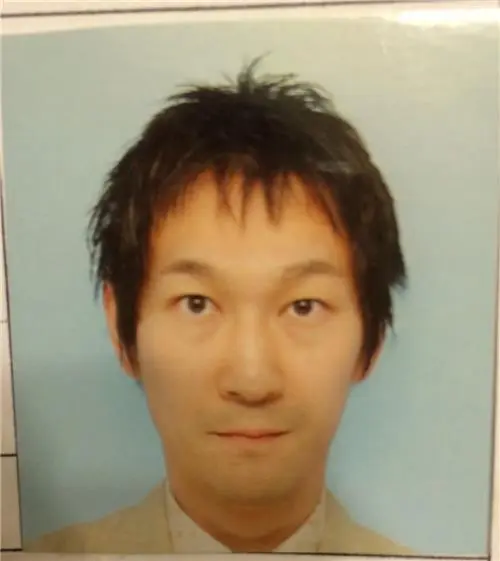3544 - Impact of Stomatitis on the Efficacy of QUAD SHOT for Head and Neck Cancer: A Prospective Study
Presenter(s)

O. Tanaka1, K. Naganawa2, T. Matsuzuka3, Y. Ehara3, T. Kiryu4, Y. Hasegawa5, C. Makita6, and M. Matsuo7; 1Department of Radiation Oncology, Asahi University Hospital, Gifu, Japan, 2Asahi University Hospital, Gifu, Japan, 3Asahi University Hospital, Gifu, Please select an option below, Japan, 4Asahi University Hospital, Hashimoto-Cho, Gifu city, Gifu, Japan, 5Department of Head and Neck surgery, Aichi Cancer Center Hospital, Nagoya Aichi 464-8681, Japan, 6Gifu University School of Medicine, Department of Radiology, Gifu, Japan, 7Innovation Research Center for Quantum Medicine, Graduate School of Medicine, Gifu University, Gifu, Japan
Purpose/Objective(s):
Quad Shot (QS) is a hypofractionated palliative radiotherapy regimen used for advanced head and neck cancer. It has shown promise in providing symptom relief; however, few prospective studies have evaluated its clinical effects, particularly in differentiating between tumor-related pain and stomatitis pain. This study aims to assess the efficacy of QS in pain management, tumor control, and its impact on quality of life (QOL) and nutritional status.Materials/Methods:
A prospective study was conducted on 11 patients with advanced head and neck cancer who underwent QS treatment at our hospital between 2018 and 2024. QS was administered as 3.7 Gy twice daily for 2 consecutive days, with up to three courses provided at 4-week intervals. The treatment's impact was assessed using the Numerical Pain Rating Scale (NPRS) for both tumor and stomatitis-related pain, QOL scores based on the European Organization for Research and Treatment of Cancer QLQ-C15-PAL questionnaire, and changes in serum albumin levels to evaluate nutritional effects.Results:
Among the 11 patients, six completed three QS courses, three received two, and two underwent only one course. Tumor-related NPRS significantly improved post-QS (p=0.033), correlating with tumor size reduction. However, stomatitis NPRS worsened significantly (p=0.005), leading to increased pain and discomfort. While QOL scores remained largely unchanged before and after treatment (p=0.793), albumin levels significantly declined post-QS (p=0.001), likely due to decreased oral intake caused by treatment-induced stomatitis. Four patients required increased analgesic use for stomatitis pain, and one discontinued QS after a single course due to intolerable stomatitis.Conclusion:
QS effectively reduces tumor pain and achieves tumor size reduction, making it a useful palliative treatment for patients with advanced head and neck cancer. However, stomatitis remains a significant adverse effect, contributing to pain, decreased oral intake, and worsening nutritional status. Proactive management strategies for stomatitis, including effective analgesia and nutritional interventions, are crucial to improving treatment adherence, maintaining patient comfort, and enhancing overall outcomes. Future studies should explore optimized approaches to minimize QS-induced stomatitis while preserving its palliative benefits.